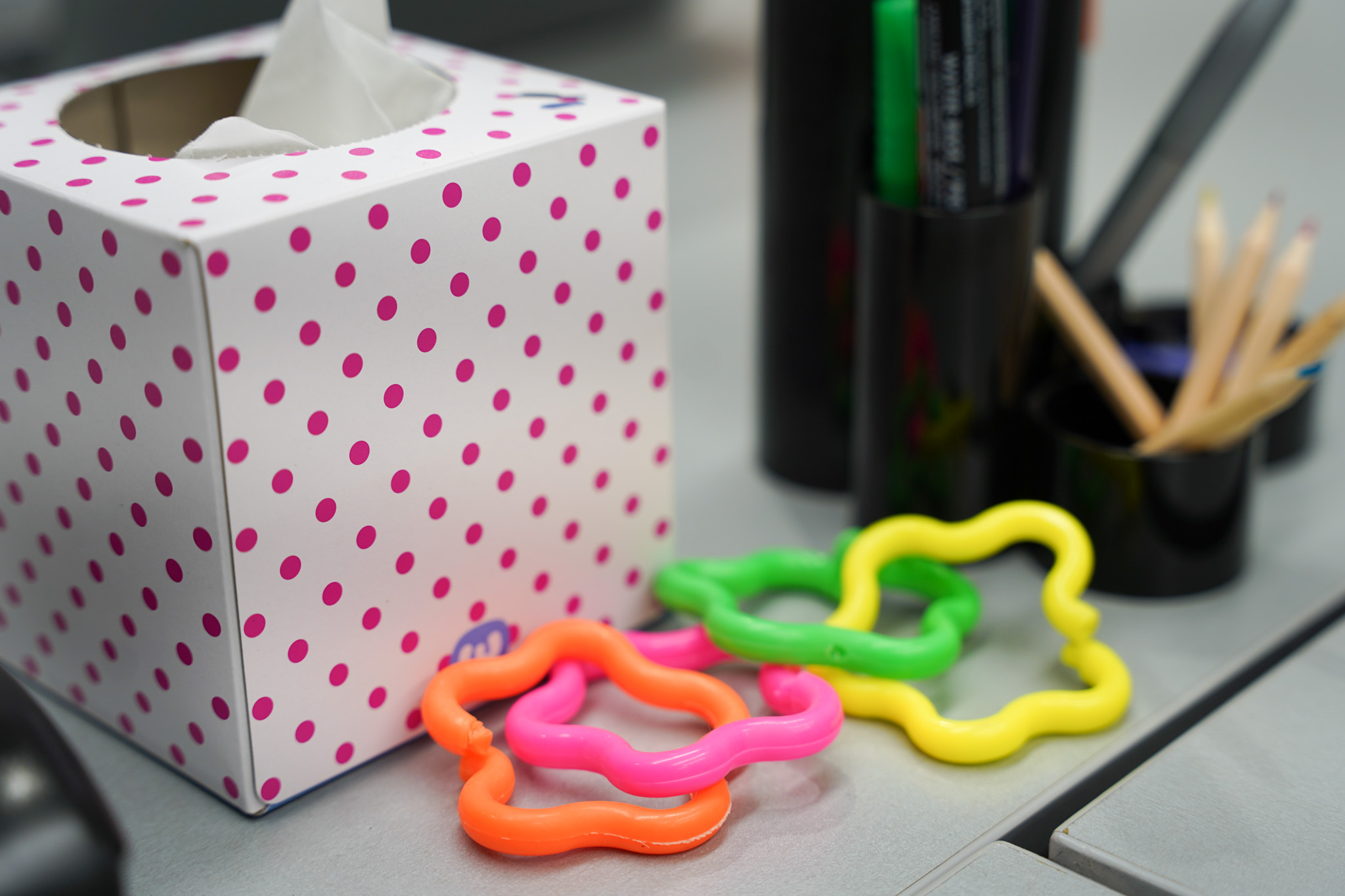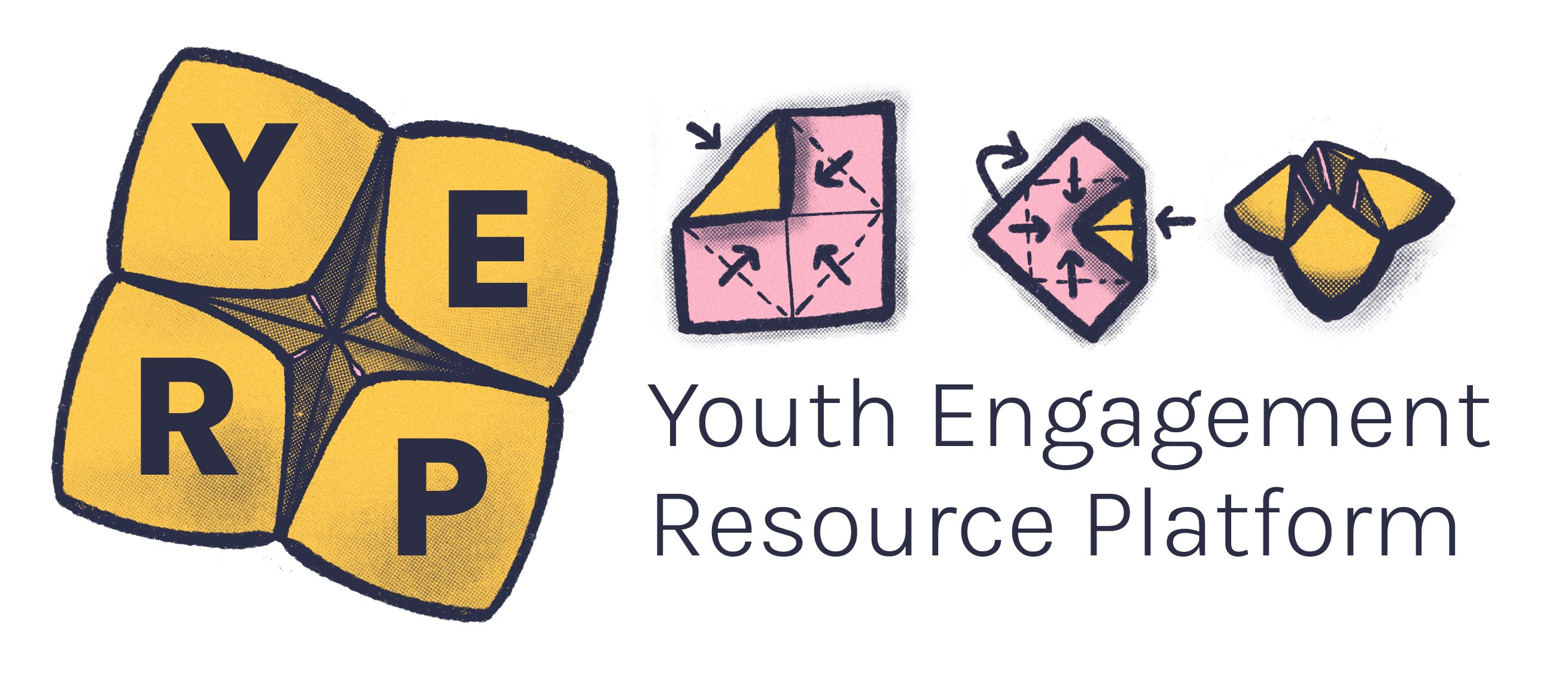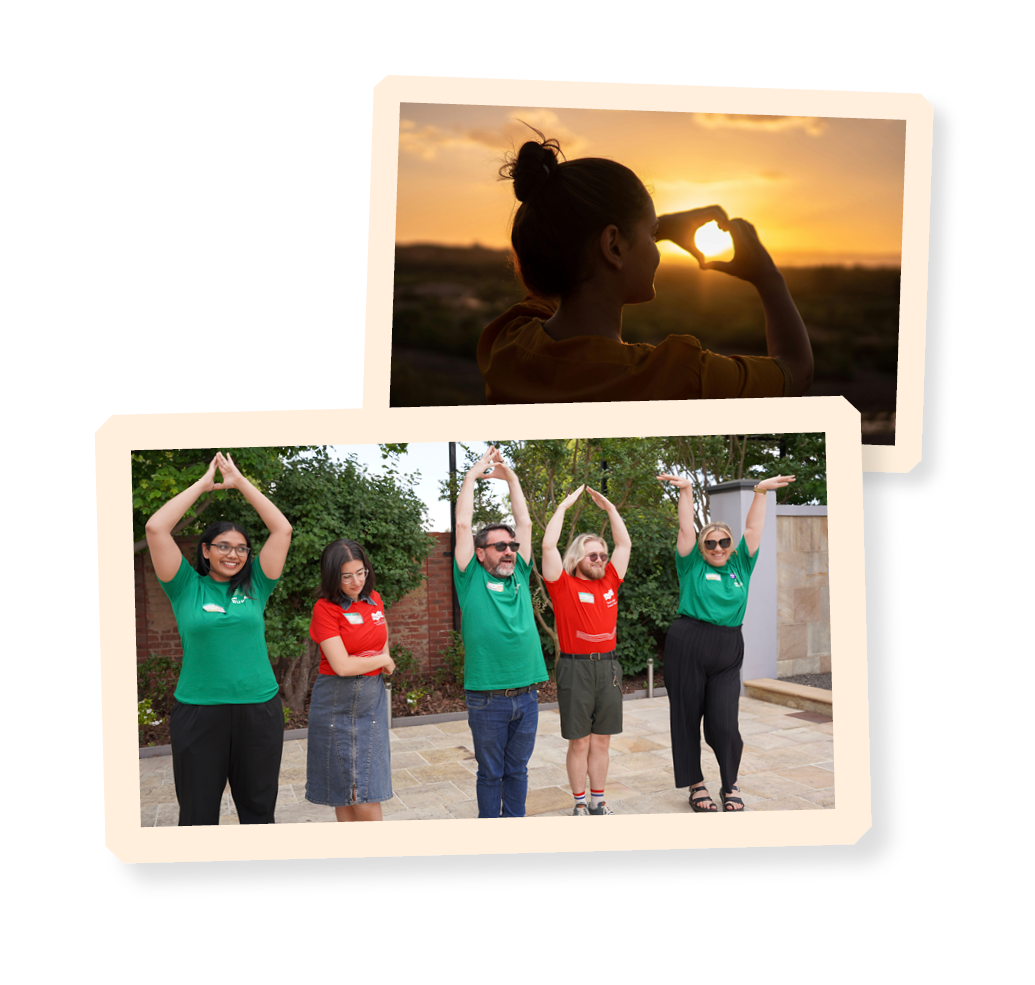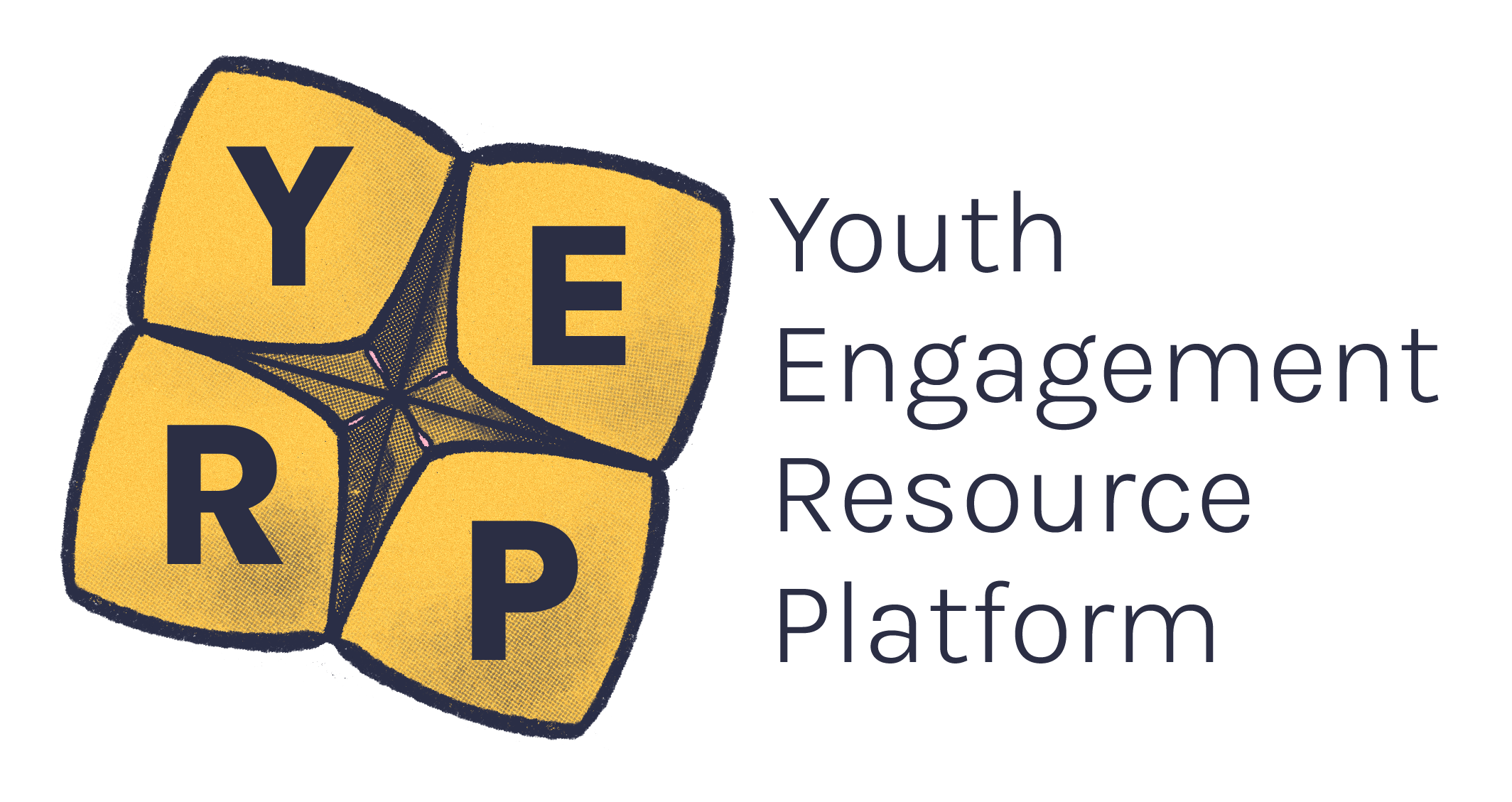Wellbeing is a concept that we’re hearing about much more recently, as prioritising mental health rightfully becomes more commonplace. It’s now more widely recognised that wellbeing is an essential aspect of overall health.
It’s important as youth workers to recognise when your work may be jeopardising your wellbeing, and work to manage this.
If wellbeing is something you don’t consider regularly or include in your daily habits, important self-care activities can easily be forgotten.
Maintaining your wellbeing is an essential part of working ethically with young people as written in the Code of Ethical Practice for the Victorian Youth Sector.
Key takeaways
Youth Workers are often very passionate people who care deeply about the young people they work with. Regardless of this, it’s important that your own individual wellbeing remains a key priority, integrated throughout your work and personal life.
Remember the self-care strategies that work for you, and practise these regularly so that your wellbeing is maintained. Maintaining this practice will help ensure that you remain healthy and can continue your meaningful work as a youth worker.
We encourage to speak to your employers about ways that they can support your wellbeing.
Wellbeing is closely linked with mental health, though it also encompasses other aspects of health including physical and social health.
The Better Health Channel defines wellbeing as ‘a complex combination of mental, emotional, physical, and social health factors. Wellbeing is strongly linked to happiness and life satisfaction. In short, wellbeing could be described as how you feel about yourself and your life.’1
Wellbeing can significantly influence the way that you feel and operate in your daily life. If your wellbeing is poor, chances are your happiness and motivation levels will be low. This can lead to negative effects on all aspects of your life, from overall health to your career and social life.2
If your wellbeing is good, you will feel healthier and happier, which can support you to build and maintain your resilience, social support networks, and self-confidence: all valuable resources when navigating your career as a youth worker.
A box of tissues and fidget toys on a desk

Along with wellbeing, practising self-care is becoming more openly discussed on mainstream forums such as social media, with people sharing their routines, ideas and tips on what works for them.
Self-care is many things. It’s about fostering and maintaining your emotional, mental, and physical wellbeing. It’s not an emergency response to overwhelming stress, but a protective factor that creates better responses to the stressors in life.
Self-care can be whatever works for you and can be in the form of physical, emotional, mental or social self-care. It’s important to find what works for you.
Self-care is all about making time to separate yourself from your work and busy life to take a moment and do the things that help you live well.
When it comes to your wellbeing, self-care is super important to help manage your stress levels, improve your health, and increase your motivation and energy levels.
Physical self-care are actions that can improve your physical wellbeing5.
For example:
- Having a shower
- Brushing your teeth
- Going for walks or participating in other exercise you enjoy
- Eating regular nutritional meals
- Prioritising getting enough sleep
- Seeing a doctor when needed5.
Emotional self-care is about recognising and processing emotions. It is about accepting the emotions we feel rather than attempting to push them away or ignore them5.
For example:
- Focusing on your body to notice any physical symptoms of stress or anxiety
- Practicing mindfulness
- Practicing self-empathy
- Identifying triggers and healthy coping mechanisms that work for you
- Setting boundaries5.
Mental self-care refers to keeping your mind engaged and challenged in ways you enjoy. It can help with energy levels and overall wellbeing5.
For example:
- Listening to a new podcast or reading a book
- Starting a new hobby
- Doing something nice for someone
- Volunteering for something you care about5.
Social isolation and loneliness can negatively affect our mental health. Friends and maintaining relationships with others can be a great source of self-care and comfort5. In saying this, many relationships can bring stress and what works for others may not work for you, so finding that balance is important.
For example:
- Weekly calls with a parent or close friend
- Going on dates with partners
- Hosting events with your friends
- Considering if a friendship is draining and re-evaluate the place of that friendship in your life5.
Spiritual self-care does not necessarily apply to only those who believe in a higher power. Spiritual self-care is about connecting with and grounding yourself5.
For example:
- Attending worship, prayer or spending time with your community members
- Sitting in nature or connecting to Country
- Meditation
- Dedicating time for self-reflection and mindfulness.
Financial self-care can begin as a stressful task but can set you up for success in the future. Money problems are a common source of stress, especially for young people and being able to set up resources to help ease this stress is important5.
Some examples of this are:
- Setting a budget
- Identifying and working towards financial goals such as paying off debt or developing a safety net.
There are many practices that a workplace can implement to promote the wellbeing of their employees, prevent burnout and vicarious trauma from occurring, and you should feel empowered to advocate for these implementations if they’re not already in place.
Some of these practices include:
- Employers prioritising the wellbeing of their staff
- Regular peer support and supervision sessions
- Debriefs following stressful or irregular workdays
- Leave planning
- Having mechanisms in place where staff feel supported to speak up about concerns in the workplace
- Clear communication about the processes to respond to scenarios such as disclosures
- Accessible access to Employee Assistance Programs (EAPs)
- Having clear boundaries in place for yourself and the young people you work with.
- Reflective practice
It’s important for everyone to prioritise their wellbeing in order to build and maintain their overall health. As youth workers there’s an added layer due to the emotional load that being a youth worker often carries.
To manage this emotional load while juggling responsibilities and preventing burn out, ensure your wellbeing remains a high priority. To use the common phrase: you cannot pour from an empty cup.
Burnout
When the body experiences prolonged stress without periods of relaxation it can have negative effects on both your physical health and emotional wellbeing, eventually leading to burnout.
Burnout is a state of complete physical, emotional, and mental exhaustion. When experiencing burnout, you may feel unmotivated in your work and lose your passion and drive, often being unable to perform activities that you once found enjoyable4.
A well maintained and prioritised wellbeing works to prevent burnout and its effects. Common recommendations for curing and preventing burnout include4:
- Leaning on social supports
- Getting enough sleep
- Taking regular breaks and time away from your work or what is causing you stress
- Regular exercise in whatever way works for you.
Your employer should have policies and procedures that actively support your wellbeing and avoid burnout.
Vicarious trauma
Vicarious trauma is a normal response to the ongoing exposure to other people’s trauma. Working to support people who have experienced trauma, and hearing, seeing and learning about their experiences, can have a cumulative effect on you and many aspects of your personal life.
Vicarious trauma can be experienced by those who often work with individuals who have experienced trauma, including youth workers, and can potentially lead to distress and poor mental health and wellbeing outcomes.
While there are a number of risk factors associated with vicarious trauma, there are also several protective factors, including self-care strategies and a clear understanding of the indicators and warning signs of stress and vicarious trauma. These protective factors also enable you to be in touch with your own wellbeing and become more aware of how to maintain it.
The way you choose to prioritise your wellbeing may look different to how others prioritise theirs, because it should include considerations of your unique physical, mental, emotional, and social health. All of these can be managed through differing self-care tactics.
As mentioned before, self-care is personal, it’s about finding what works for you. It’s important and rewarding to discover what recharges your battery and fills your cup.
Some types of self-care, outside of the workplace, that you may find helpful include:3
- Getting regular exercise
- Making sleep a priority
- Eating regular and healthy meals
- Taking a break from your phone
- Spending time in nature
- Reach out to family and/or friends
- Spending time on your hobbies; whether that’s reading a book, heading to the beach, or tending to your plants.
- Better Health Channel, Victorian Government. (2022). Wellbeing. https://www.betterhealth.vic.gov.au/health/healthyliving/wellbeing
- Black Dog Institute. (n.d). Wellbeing. https://www.blackdoginstitute.org.au/resources-support/wellbeing/
- National Institute of Mental Health. (2022). Caring for your Mental Health. https://www.nimh.nih.gov/health/topics/caring-for-your-mental-health
- Reachout (2024). What Is Burnout? https://au.reachout.com/articles/what-is-burnout
- Rocky Vista Health Center. (1 October 2022). 8 Areas of Self Care and How to Practice Them. https://www.rockyvistahc.com/8-areas-of-self-care-and-how-to-practice-them





